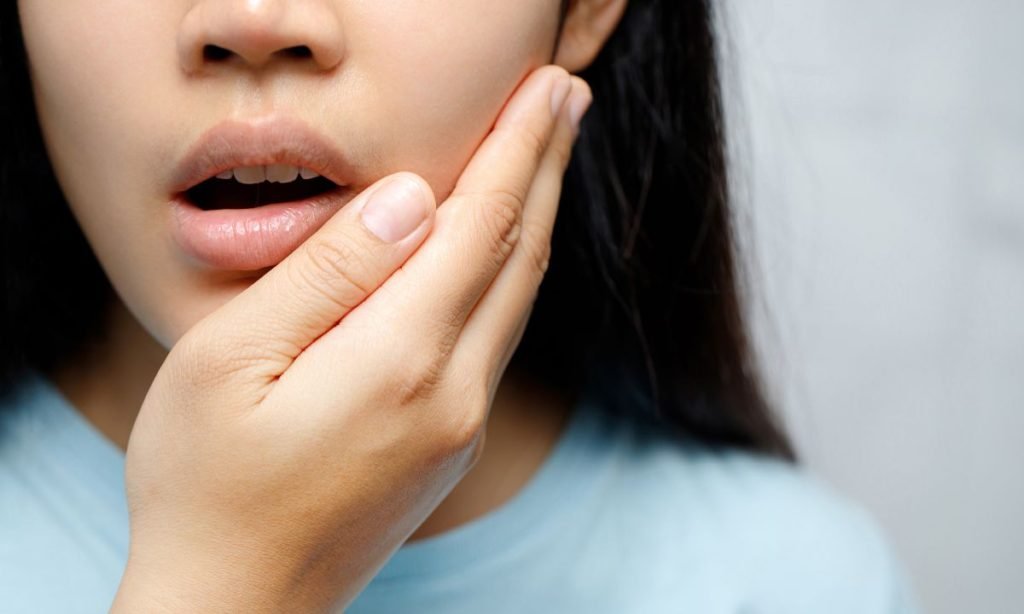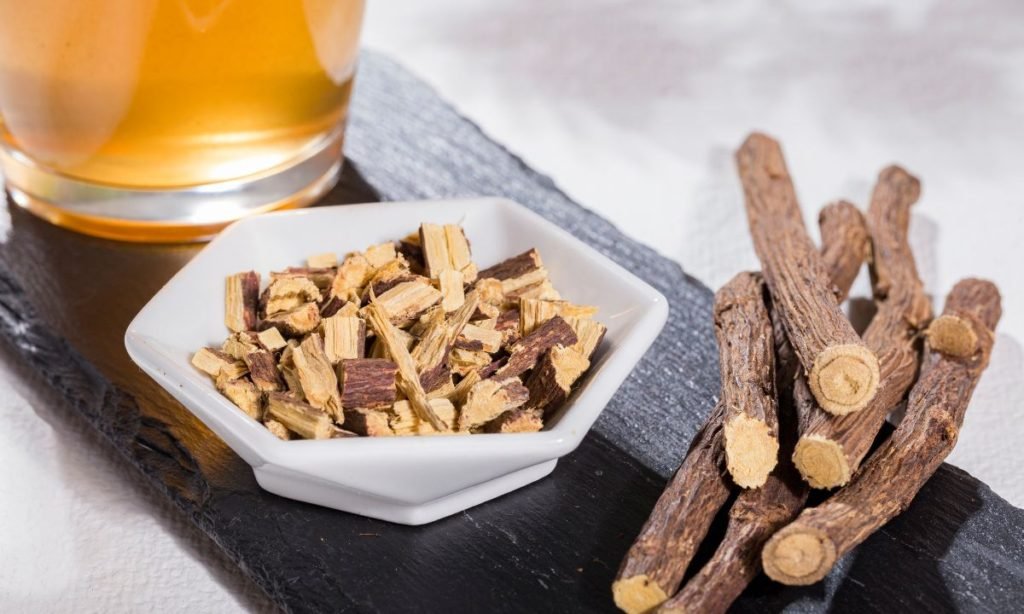Did you know that more than 90% of Americans have had atleast one cavity between teeth? Usually, tooth decay happens when you don’t brush and floss regularly. It’s frequently simple to determine when a cavity starts to form on the outside of your tooth. However, cavities may form between the teeth in a stealthy manner, making it nearly hard to detect them on your own. How then can you determine if you have decay between two teeth? Read on to discover the solution and some expert preventive advice.

How To Detect A Cavity Between Teeth
A cavity that develops between your teeth is referred to as an interproximal cavity. Usually, you won’t know you have one until you start experiencing these problems:
Depending on the size and location of the cavity, there are different signs and symptoms. You might not have any symptoms at all while a cavity is just getting started. As the degradation spreads, it may result in the following signs and symptoms:
- Toothache, sudden pain, or pain that develops for no clear reason
- Sensitive teeth
- When eating or drinking anything sweet, hot, or cold, there may be mild to severe pain.
- Your teeth have any obvious divots or pits
- A brown, black, or white stain on any tooth surface.
- When you bite down, it hurts
Why Do Cavities Develop?
Caries, often known as dental cavities, are microscopic holes in the teeth’s enamel. They are brought on by bacteria that convert sugar into acid on the surface of teeth. Streptococcus mutans is the bacterium that is most frequently to blame.
Plaque is a sticky film made of microorganisms. Your enamel, a layer of the teeth consisting primarily of calcium and phosphate, is demineralized by the acids in plaque. Tiny holes in the enamel are created by this degradation. A cavity develops when the acid damage penetrates the dentin layer that lies beneath the enamel.
Also Read: Fact Check – Does Chewing Gum Help Jawline
Home Remedies for Cavity Between Teeth
1. Chewing Sugar-Free Gum
Clinical research have demonstrated that chewing sugar-free gum after meals can aid in the remineralization of enamel. Long-term studies are required to determine whether xylitol-containing gum can reduce S. mutans, increase plaque pH, and stimulate saliva flow.
Chewing gum without sugar that contains the substance casein phosphopeptide-amorphous calcium phosphate (CPP-ACP) has been shown to lessen S. mutans even more than gum with xylitol. This kind of gum is sold in stores.
2. Vitamin D & Calcium
The ability to absorb calcium and phosphate from meals is aided by vitamin D. According to studies, consuming foods like yoghurt that are high in calcium and vitamin D can reduce a child’s risk of developing cavities. Dairy products like milk and yoghurt contain vitamin D. The sun is a source of vitamin D as well.
Recent studies have questioned the potential impact of vitamin D on oral health.
3. Use fluoride toothpaste when brushing
Fluoride is crucial for enamel remineralization and cavity prevention. Numerous studies have been conducted to demonstrate the cavity-preventing benefits of using fluoride toothpaste on a regular basis.
There is a need for greater study on adults and the elderly because the majority of studies have been done on either children or adolescents.
4. Avoid sugar-rich foods

Stop eating so much sugar. This is the cavity treatment that no one likes to hear. According to the World Health Organization, ingesting sugar is the main cause of cavities. Less than 10% of your daily total caloric intake should be made up of sugar, according to their advice.
If you’re going to consume sugar, try to avoid snacking on sweet items all day. Your enamel has a chance to remineralize once the sugar is gone. However, if you consume sugar on a regular basis, your teeth won’t have a chance to remineralize.
5. Oil pulling
In the traditional practise of “oil pulling,” you swish some oil, such as sesame or coconut, around in your mouth for 20 minutes before spitting it out. There is no proof to support claims that oil pulling “removes toxins” from the body. Sesame oil pulling, however, decreases plaque, gingivitis, and the quantity of bacteria in the mouth just as effectively as chlorhexidine mouthwash, according to a small, triple-blind, placebo-controlled research trial. For these effects to be confirmed, larger research are required.
6. Licorice Root

According to at least one study, extracts from the Chinese licorice plant (Glycyrrhiza uralensis) can fight the germs that cause tooth cavities.
In order to further combat tooth decay, one researcher developed a licorice-flavored lollipops. Pilot tests found that licorice extract in lollipops greatly reduced S. mutans in the mouth and helped prevent cavities. Further study is needed to confirm the usage.
Cavities Prevention
Fortunately, there are a few easy but crucial procedures that may be taken to entirely prevent most dental decay. Make sure you clean your teeth for two minutes each time, twice a day. For the most thorough cleaning, slant your brush at a 45° angle. Additionally, floss once daily to get rid of plaque and food particles stuck in between your teeth. Doing so will help you from developing an interproximal cavity.
Last but not least, remember to go to the dentist twice a year for regular examinations and cleanings. By scheduling regular checkups, your dental team is able to identify deterioration at an early stage before it worsens. Additionally, to prevent cavities from developing in the first place, your hygienist can remove tartar and plaque from confined parts of your mouth.
Your oral health is constantly at risk from cavities, but you can prevent them with the appropriate knowledge. Just keep in mind these pointers to maintain a strong and healthy smile!





